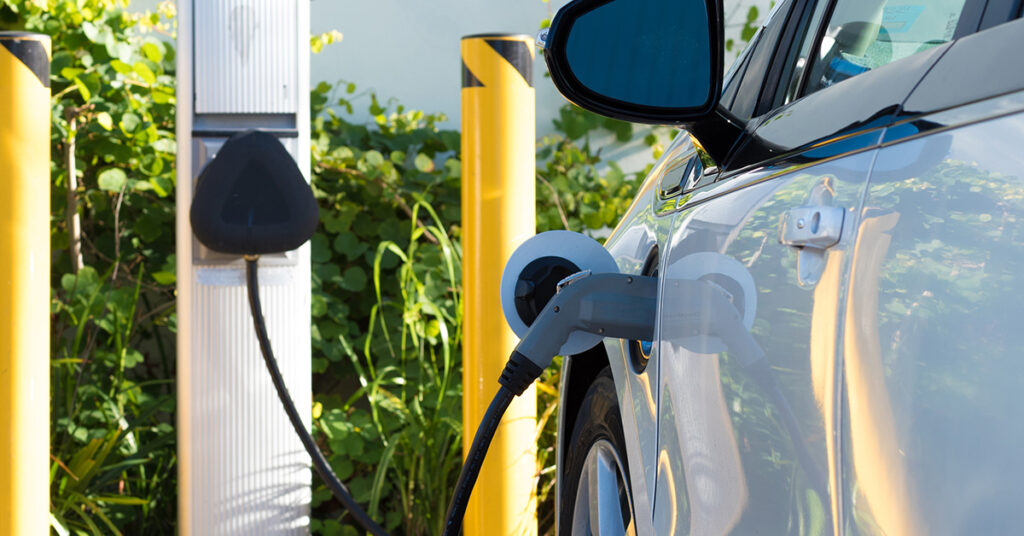
The automotive industry has been going through major changes in recent years as it works to create more sustainable and environmentally friendly options. The world of green vehicles is vast and it can be difficult to understand the differences, so we’ve compiled an explainer on all the different types of hybrid and electric vehicles on the market today.
Hybrid Cars
Hybrid vehicles combine an internal combustion engine with an electric motor, offering a seamless blend of fuel efficiency and reduced emissions. There are two primary types of hybrid cars:
Parallel Hybrids
In parallel hybrids, both the internal combustion engine and the electric motor work together to power the vehicle. The electric motor assists the engine during acceleration, reducing fuel consumption. Popular models like the Toyota Prius fall into this category.
Series Hybrids
Series hybrids operate differently, with the internal combustion engine acting as a generator to recharge the electric motor’s batteries. The engine doesn’t directly drive the wheels but serves as a range extender (meaning you can drive further and longer). The Chevrolet Volt is an example of a series hybrid.
Electric Cars
Electric cars, or battery electric vehicles (BEVs), rely solely on electric power for propulsion, producing zero (yes, ZERO!) tailpipe emissions. The primary types of electric cars include:
Battery Electric Vehicles (BEVs)
These cars run entirely on electric power stored in high-capacity batteries. Tesla’s lineup, including the Model S and Model 3, is an example of BEVs that provide long-range and high-performance electric vehicles.
Plug-in Hybrid Electric Vehicles (PHEVs)
PHEVs combine the benefits of both gasoline engines and electric motors. They can be charged by plugging into an electric outlet, offering drivers the flexibility of using electric power for short trips and relying on the combustion engine for longer journeys.
Understanding the Differences
Range
BEVs typically offer longer electric-only ranges compared to PHEVs, as they solely rely on battery power. PHEVs, on the other hand, can use both electric and gasoline power, providing flexibility for longer trips.
Charging Options
BEVs require access to charging stations, which are becoming more prevalent but may still be limited in some areas. PHEVs can rely on both charging stations and traditional gasoline stations.
Emissions
All-electric vehicles produce zero tailpipe emissions, making them a cleaner choice for environmentally conscious drivers. PHEVs produce fewer emissions than traditional vehicles, especially when operating in electric-only mode.
Looking Ahead: Solar Power
As technology continues to advance, solar-powered cars are emerging as a fascinating innovation in the electric vehicle space. These cars integrate solar panels on their surfaces, harnessing sunlight to generate electricity for the vehicle’s propulsion. While solar-powered cars are still in the experimental phase, they showcase the potential for sustainable transportation solutions.
As the automotive landscape evolves, consumers are presented with a diverse array of options for reducing their carbon footprint. Whether you opt for a hybrid, electric car, plug-in hybrid, or dream of one day driving a solar-powered vehicle, each choice contributes to a greener and more sustainable future.
